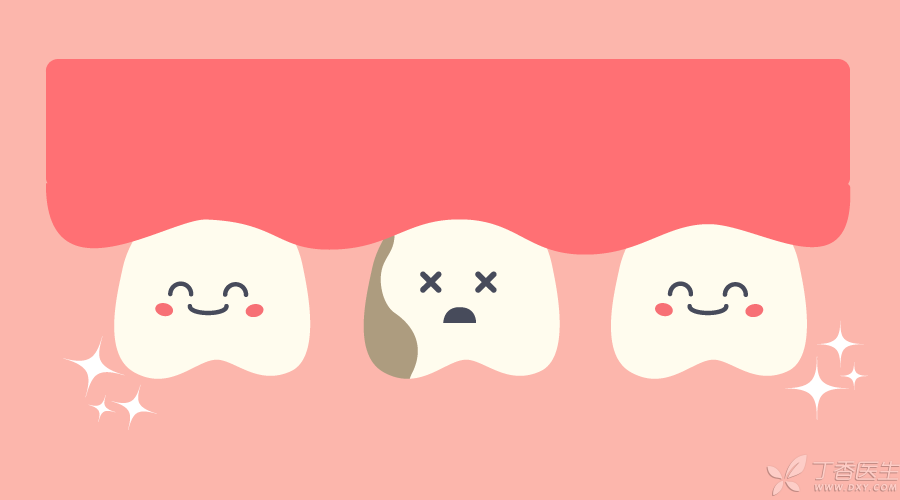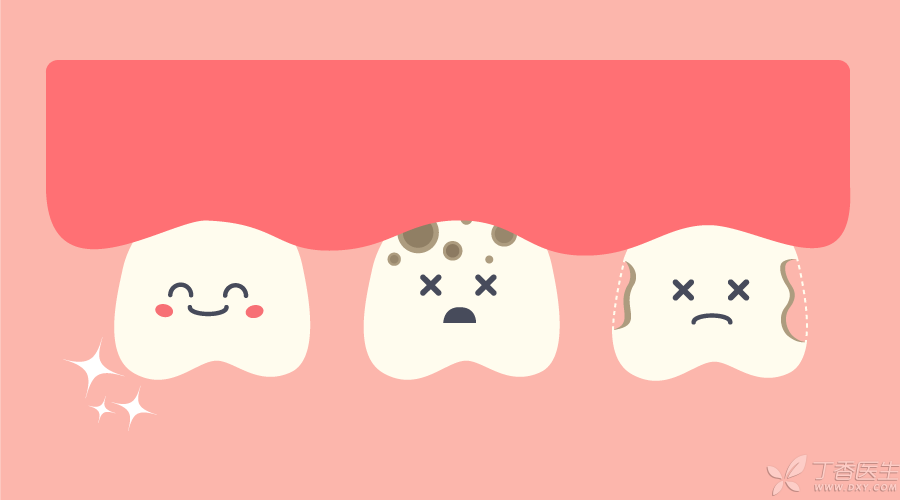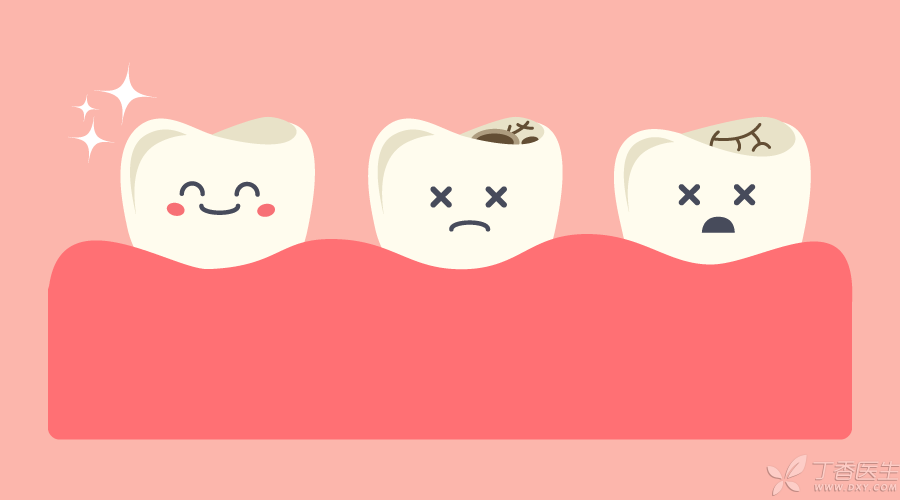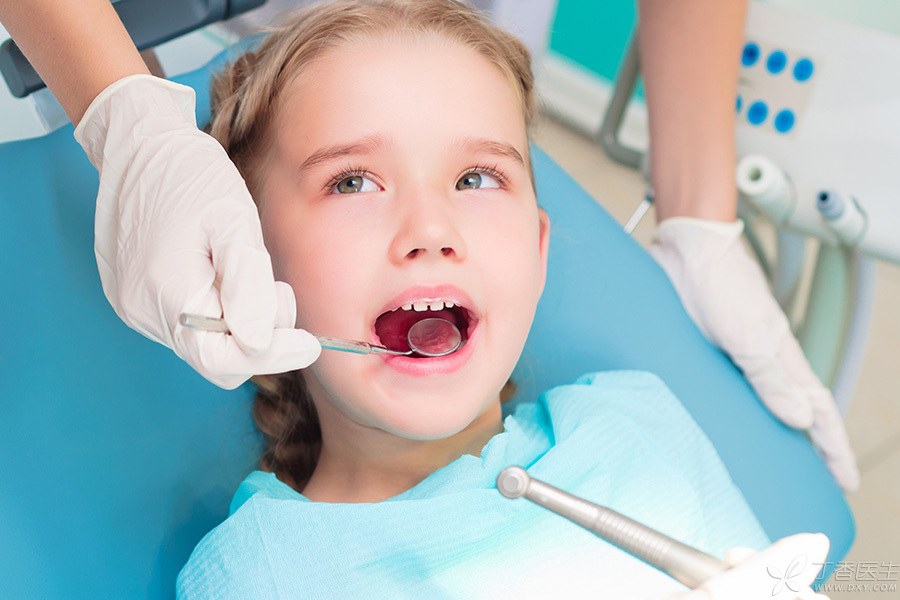
A reader asked Dr. Clove:
My baby has black things on his teeth, which can’t be brushed off. It’s strange.
In the end, I also sent a photo.
Well, the picture is quite [heavy], so I won’t let it go here.
When Dr. Clove looked at it, he suspected that the black thing was tooth decay. After consulting Dr. Zhong, Dr. Zhong confirmed Dr. Clove’s speculation and told Dr. Clove that tooth decay is [a thousand people and a thousand faces], not just the common holes we usually have.
Teeth grow like this, be careful of tooth decay.
Under normal circumstances, the baby’s small deciduous teeth should have a smooth surface, white color and very hard. If these characteristics change, it may be tooth decay.
1. Teeth get dirty
The baby’s small deciduous teeth should be white, one by one very cute.
When tooth decay occurs, the color of the teeth will become uneven, and the part of the tooth decay will become black or light brown.
If it is a superficial situation, parents are still relatively easy to judge. There is a situation that requires parents to pay special attention to observation.
Sometimes, the adjacent parts of the baby’s teeth will show gray color. This is because the surface of the teeth is relatively hard, bacteria have not had time to destroy, and the interior of the teeth is relatively loose. Bacteria build [underground fortifications] inside the teeth, and the tissues inside the teeth decay and change color, which gives rise to black color.

2. The teeth are deformed
After tooth decay occurs, if bacteria enter from the surface of the tooth, the indication of the tooth will become no longer smooth.
The front teeth, such as canines and incisors, may have [pockmarks] and [belts], with light brown and black pits or grooves.

However, the big teeth at the back originally had some grooves and nests on their bodies. Bacteria only like to find troubles in these places and often eat holes in these places.

3. Teeth have softened
After the teeth are decayed, the originally hard tissue will become soft. If you poke it with a probe, you will feel soft, like sticking to leather.
This situation is very difficult for parents to find at home and needs the help of doctors.
The baby’s good teeth need regular care.
Although Dr. Clove told everyone about the common forms of tooth decay, which can help parents judge tooth decay, wouldn’t it be better for babies not to have tooth decay?
At this time, we need the help of a professional dentist.
For babies without tooth decay, Ding Ma suggests oral examination every six months. For babies with tooth decay, oral examination is required every three months.

At the same time of oral examination, some professional protective measures can be taken for teeth: fluoride coating and pit and fissure sealing.
Fluorine coating is to use fluoride to strengthen teeth and increase the anti-caries ability of teeth, mainly aiming at smooth surface caries. The frequency of fluoride coating is the same as that of oral examination: ordinary prevention is good every six months, while children with more tooth decay need to do it every three months.
Pit and fissure sealing is to use resin materials to fill the fissure on the teeth that are easy to decay, so as to prevent the occurrence of tooth decay. Usually, the pit and fissure sealing of deciduous teeth can be carried out at the age of 3-4, while the pit and fissure sealing of permanent teeth of older children is about 6-8 years old and 12 years old.
In addition to regular inspections, the usual [basic skills] are also indispensable.
For example, use fluoride toothpaste to brush your teeth in the morning and evening, and use floss and interdental brush to clean the adjacent surfaces of your teeth.
Don’t eat anything after brushing your teeth at night, including drinking milk. Babies who have the habit of night milk had better quit the habit of night milk as soon as possible.
To control the intake frequency of snacks, avoid sugary snacks, such as biscuits, candy, cakes and various sugary beverages. When babies want to eat snacks, they can replace them with healthy snacks, such as fruits and nuts.
